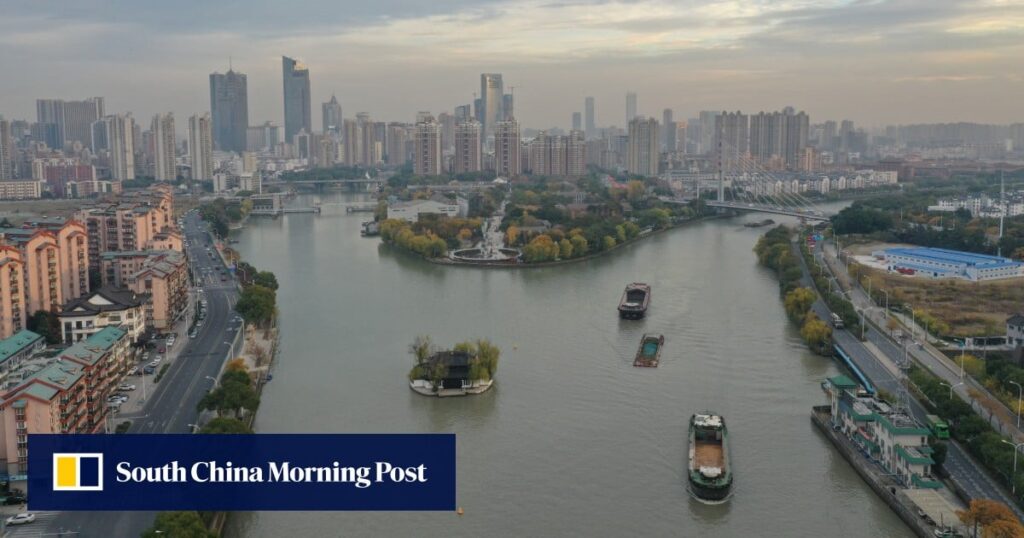The Shanghai-based Jiefang Daily recently unveiled a groundbreaking plan in a news article posted on the official government website, describing it as China’s first “interprovincial, metropolitan-area land and space plan.” This ambitious undertaking aims to significantly reduce commuting times between Shanghai and the 13 regional cities, potentially cutting travel times to as little as 30 minutes and no more than 90 minutes. The plan includes interconnected infrastructure and industrial development coordination, encompassing cities like Suzhou, Hangzhou, Ningbo, Wuxi, Nantong, Zhoushan, and Xuancheng.
Covering an area of approximately 114,000 square kilometers with a combined population of 110 million and an annual economic output worth over 18 trillion yuan (US$2.48 trillion), the spatial planning framework is significant. The 14 cities involved have been meeting regularly to align their local planning and policies to pave the way for this ambitious project.
This plan places Shanghai and its 13 neighboring cities at the forefront of regional and economic integration in China, following a national strategy set by Beijing in 2018. With Beijing’s vision for Shanghai to be the leading city in the country’s largest and most affluent urban cluster, the combined GDP of the 14 cities in the Shanghai metropolitan area rivals that of France and accounts for approximately 15% of China’s total GDP.
The plan for the Greater Shanghai Metropolitan Area aligns with Beijing’s development goals for other key regions, such as the Greater Bay Area. However, challenges remain, such as planning and policy fragmentation, which must be addressed to fully realize the potential of this integrated economic zone.
Collaboration among cities in the Yangtze River Delta is crucial to overcome hurdles related to differing plans and priorities, as well as various design and construction standards. A unified master plan, agreed upon by all cities in the region, could address these challenges and create synergy. Despite some disagreements and debates among city officials during the drafting process, the overall goal is to enhance coordination, improve infrastructure, and maintain a balance between government intervention and market forces.
Efforts are underway to expand transportation networks, with plans to extend subway lines and launch interprovincial bus services to facilitate connectivity between cities in the region.
